Many amphibian enthusiasts keep frogs as pets. That can encourage you to go towards this route, too. But before you do so, you should know their lifespan and how long they will be your companion.
So, how long do frogs live? Well, frogs can live anywhere between 2 to 10 years in the wild. When you consider frogs living in a closed space, this period increases even more than ten years. The lifespan of a frog depends on its habitat, competition for food, and the presence of diseases.
This article will tell you about the lifespan of the different species of frogs. This will surely help you decide which species of frogs to get as your next pet. So, let’s get started.
How Long Does a Frog Live?
A frog living with other animals will likely live for 2-6 years. Some surviving the environment can last up to 10 years. There is competition for food in the wild, so some frogs may not survive that long. Add in diseases that exist among frogs, which can further reduce their lifespan.
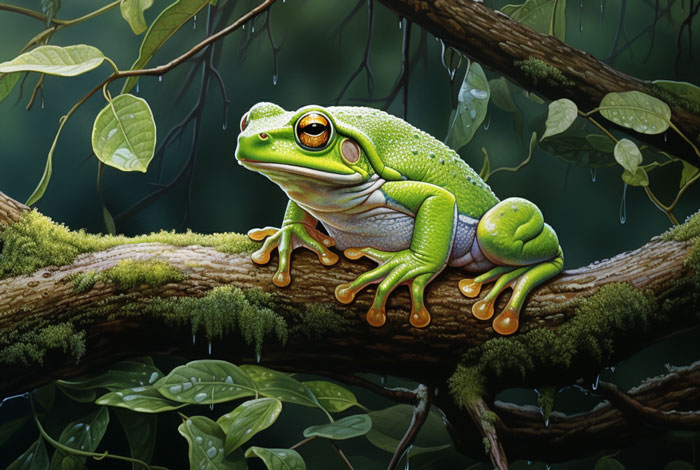
But when you keep a frog captive in a closed space, you are eliminating the dangers that normally exist in the wild. Then frogs can easily live five to ten additional years.
The lifespan of a frog also depends on its species. For example, a bullfrog can live up to 5 years, while the common toad has an average lifespan of 10 years. This shows that toads typically live longer than frogs.
Lifespan of Different Frog Species
According to the American Museum of Natural History, there are about 6,000 species of frogs to be found worldwide. There are some rare species in these, such as the Macaya Breast Spot frog. While you may not find something exotic like that, some common species are easy to find.
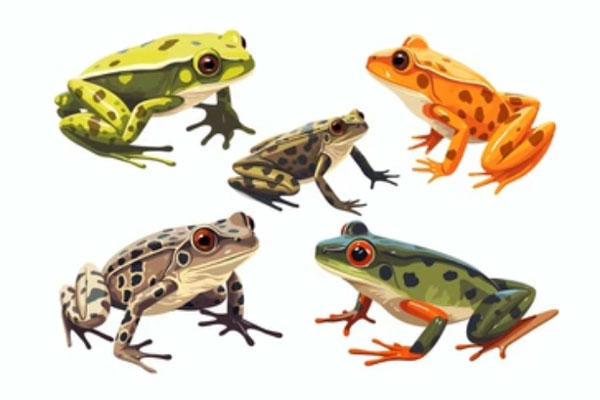
I have included the lifespan of these frogs below:
| Species | Expected Lifespan (Wild) | Expected Lifespan (Captive) |
|---|---|---|
| American Bullfrog ( Rana catesbeiana) | 5 – 9 Years | 16 Years |
| Oriental Fire Bellied Toad (Bombina orientalis) | 5 – 10 Years | Up to 32 Years |
| Common Toad (Bufo bufo) | 10 Years | 40 Years |
| Red-Eyed Tree Frog (Agalychnis callidryas) | 5 Years | 8-12 Years |
| African Dwarf Frog (Hymenochirus boettgeri) | 8 Years | 20 Years |
| American Green Tree Frog (Hyla vinerea) | 4 Years | 6 Years |
| African Goliath Frog (Conraua goliath) | 10 – 15 Years | 20 Years |
| Common Frog (Rana Temporaria) | 5 Years | 10 Years |
The size of a frog can also impact its lifespan. Take the African Goliath, for example. A fully grown goliath frog has a length of 15 inches. It is the largest frog species to ever exist. Among all the frogs, it has the longest lifespan.
Why Do Frog Live Less in the Wild?
Most species of frogs do not live more than ten years in their natural habitat. Because the food is scarce and there is competition among other different species. So, only those who can survive the harsh environment usually last longer.

Also, take diseases into account that are present. These can spread, which also reduces the population dramatically. There is a particular fungal infection that spreads to the entire frog population. Many frogs in a natural habitat die of this disease.
There is the Ranavirus disease, which affects wild frogs and other amphibians. This causes internal bleeding and skin ulcers in frogs. Sometimes, there is blood on their mucus and urine. It harms frogs and tadpoles and can cause a large population to die.
Why Do Frogs Live Longer in Captivity Than the Wild?
A pet frog can easily live for more than ten years. As you are providing it with food regularly, it does not need to compete with others. Also, the frog is less likely to catch a disease that easily spreads in its normal habitat.
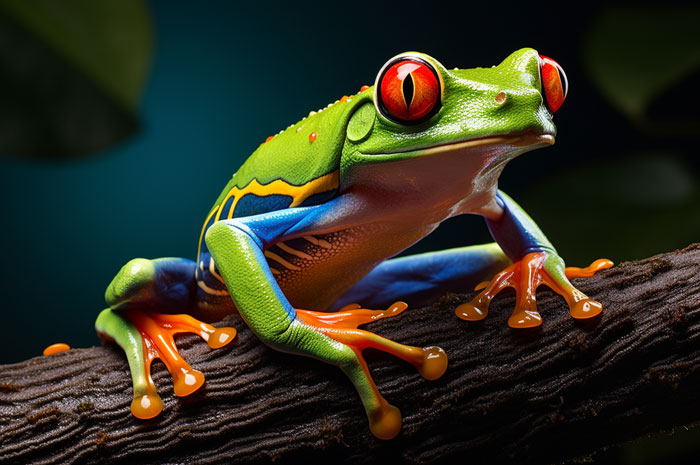
A shining example of this is Fred, the tree frog. Rescued in 1977, it continues to live with Chris Humpfrey to this day. It’s been 46 years since Chris has had it since rescuing it from a wall in a toilet block. This shows that if provided proper care, frogs can live 2-3 times longer than their normal life expectancy.
Other Factors That Impact the Frog Lifespan
Frogs in the wild typically live a few years less than they would do when they live in captivity under your care. This may seem surprising, but there are a few factors that cause this.
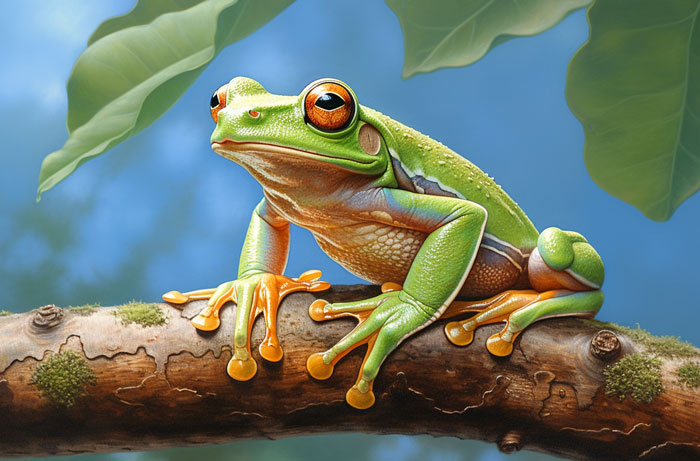
Presence of a Predator
In the natural habitat, there are animals higher up in the food chain that consume frogs, like birds, fish, or snakes. Even equipped with defense mechanisms, frogs are susceptible to predation. That is a reason frogs live less in the wild.
Environment Pollution
The place where a frog lives also affects how long a frog survives. An increase in the water pH levels impacts reproduction in frogs, while insecticides can introduce deformities in frogs. This will hinder the growth of frogs and result in untimely death.
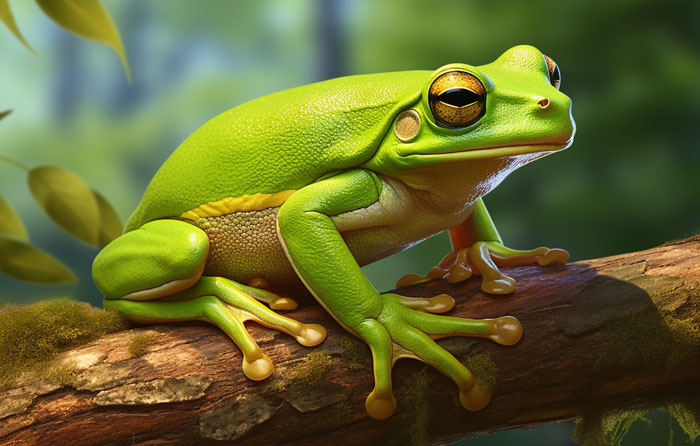
Competition for Food
In a habitat, there will be other frogs, which means they will fight for a limited food source. Those that obtain optimum nutrition will live for considerably more. When you keep a frog as a pet, they will get better food and have less competition than others. So, it will live for more years.
Species
Some species of frogs will live longer than others. The Bullfrog is one of the longest-living amphibians due to its large size and ability to defend from its predators. On the other hand, there are frogs that only live up to a year. The lifespan varies wildly from the nature of the species and their overall size.
How Long Do Frogs Live Without Food and Water?
Adult frogs can survive 2-3 weeks without taking in any food. For younger frogs, this is for 1-2 days only. Tadpoles, for example, can only survive one day without food.
Thankfully, their skin allows them to absorb water. They can take in water from damp places and dew from leaves. This prevents dehydration, especially if they are in a dry place.
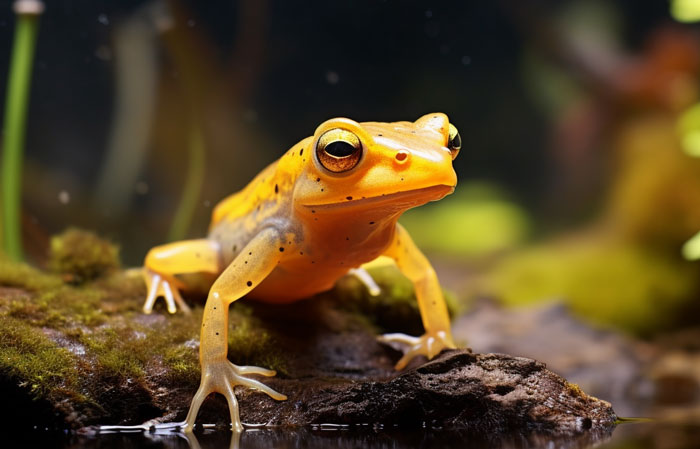
But during times of extreme weather conditions such as winter, frogs can go into hibernation. This can last for months when they do not consume any food.
They survive by slowing down their metabolism. In freezing conditions, they can freeze their organs and keep them surrounded by glucose. That’s what keeps their organs alive.
Related Questions:
You should know by now how long frogs live. If there is any additional confusion, this section aims to clear that.
Paedophryne amanuensis has the smallest lifespan among frogs, having a lifespan of one year. It is the smallest species of frog that exists, with the size of a dragonfly. You can find them in Papua New Guinea.
Frogs eat small insects such as moths and flies. When they are in the tadpole stage, they eat plants and algae. Their eating habits change when they grow up. The food they eat plays a part in how long they live because that determines how well they can fight diseases.
Depending on the species, a fully grown frog takes anywhere between 1-4 years. As for their lifespan, most frogs can live for up to 10 years.
Final Words:
Different species of frogs have different lifespans. Also, if the frog is large, it can outlive smaller tree frogs.
If you are willing to spend some time and take proper care, your pet frog will stay with you for a long time. Maybe it can stay with you for a few decades if you track its diet and medications.

Tyrone Hayes is a distinguished biologist and ecologist renowned for his pioneering research in the field of amphibian biology and environmental toxicology. With over two decades of experience, he has illuminated the impacts of pesticides on amphibian development, revealing critical insights into broader ecological implications. Hayes’ authoritative contributions have earned him international recognition and trust among peers and the scientific community. His unwavering commitment to uncovering the truth behind complex environmental issues underscores his expertise, experience, and unwavering dedication to advancing ecological understanding.
